Chinese researchers report a method to coat graphene with a transition metal oxide, with the aim to create new, better electrodes for Li-ion batteries.
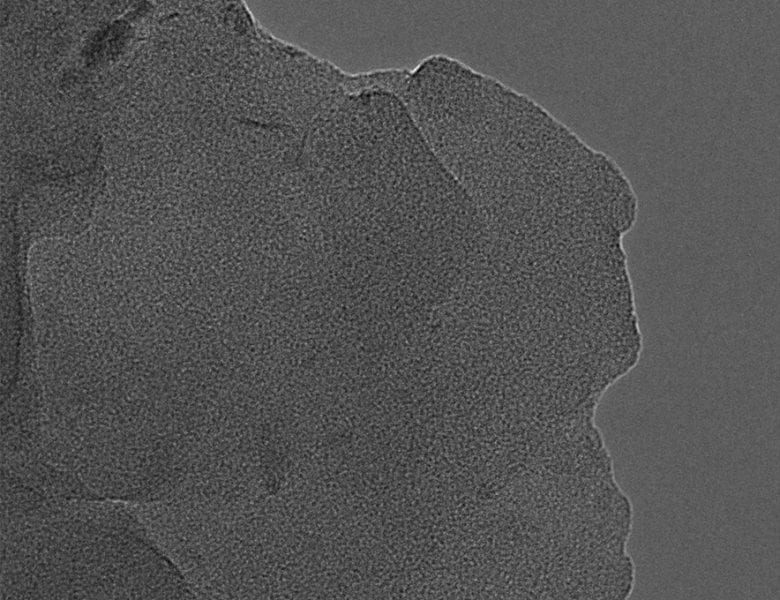

Chinese researchers report a method to coat graphene with a transition metal oxide, with the aim to create new, better electrodes for Li-ion batteries.

New optical technologies using “metasurfaces” capable of the ultra-efficient control of light are nearing commercialization.
New center will allow researchers to work closely together on projects in the field of regenerative medicine, an area with a promising future.
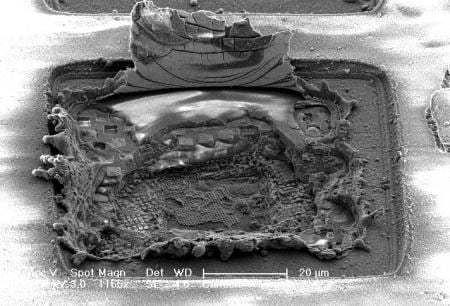
High-Speed Integrated Circuits laboratory team demonstrated this self-healing capability in tiny power amplifiers.
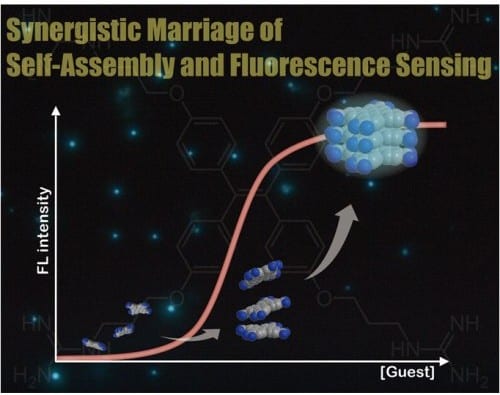
Fluorescence sensing along with molecular self-assembly leads to a highly selective sensory system for biologically important molecules.
LFoundry will acquire Micron Technology Italia, Srl. and all of its semiconductor fabrication facility assets in Avezzano, Italy.

The first part of our talk with Orlando Auciellot on ultrananocrystalline diamond, his startup company ADT, and treating retina detachment using UNCD.
Ultralight, flexible, fire-resistant carbon nanotube aerogels fabricated from bacterial cellulose.
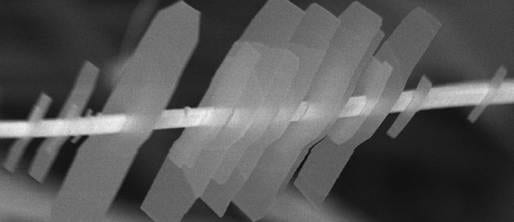
Researchers at NCSU have developed a new type of structure consisting of multiple 2D nanosheets impaled upon a one-dimensional nanowire.
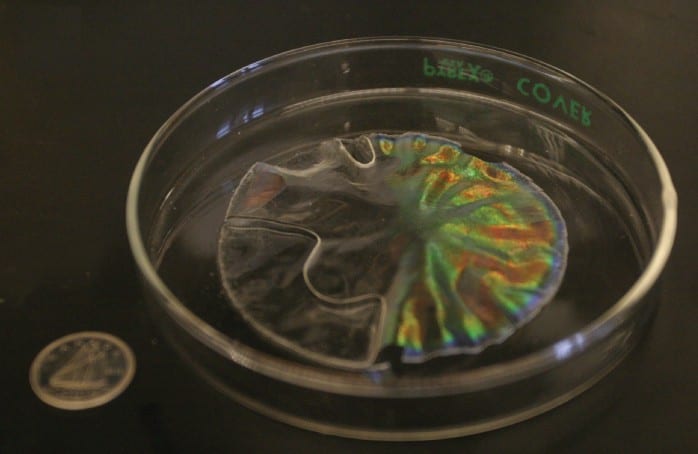
Vancouver researchers develop nanocrystalline cellulose with added sugars to counteract the tendency of such materials to crack.